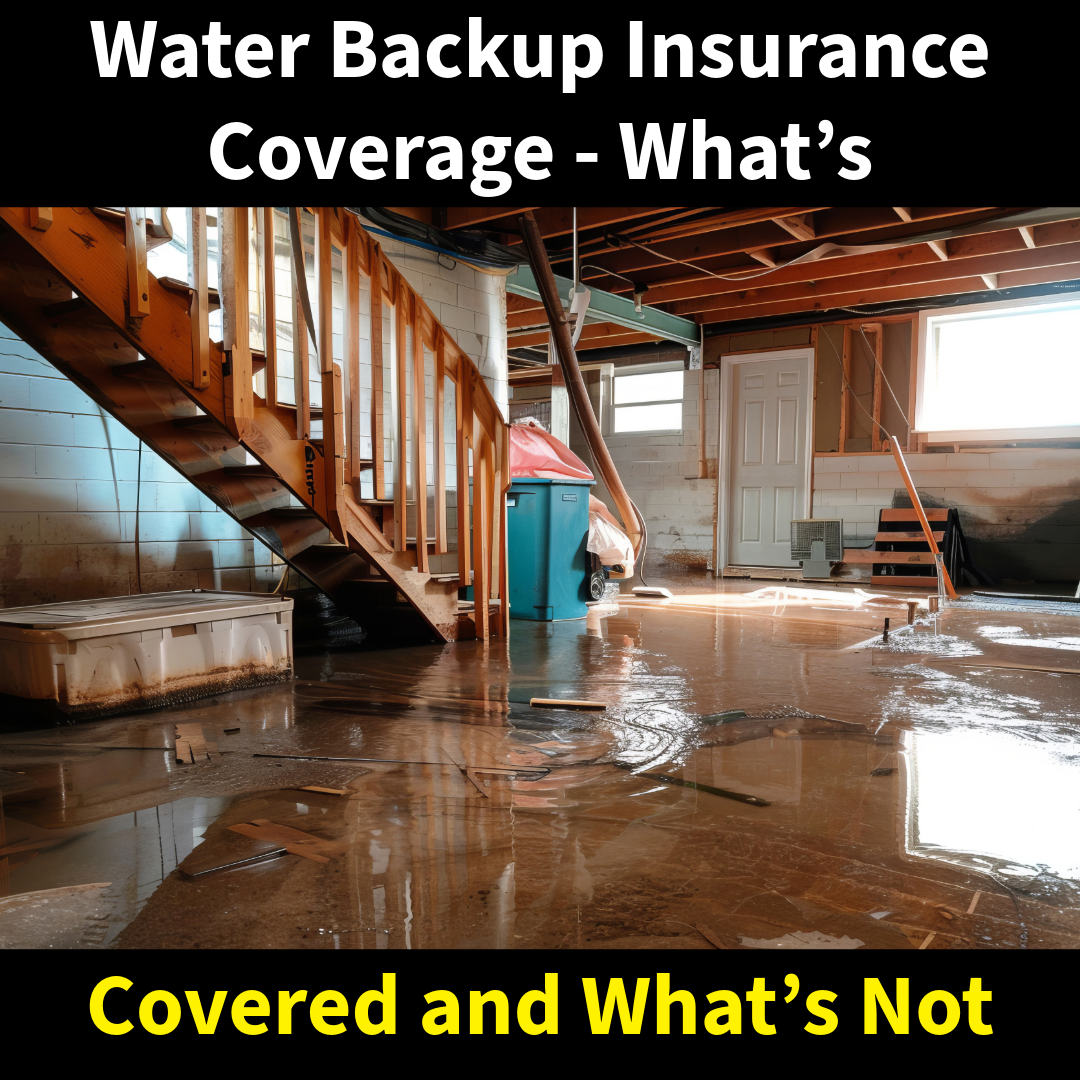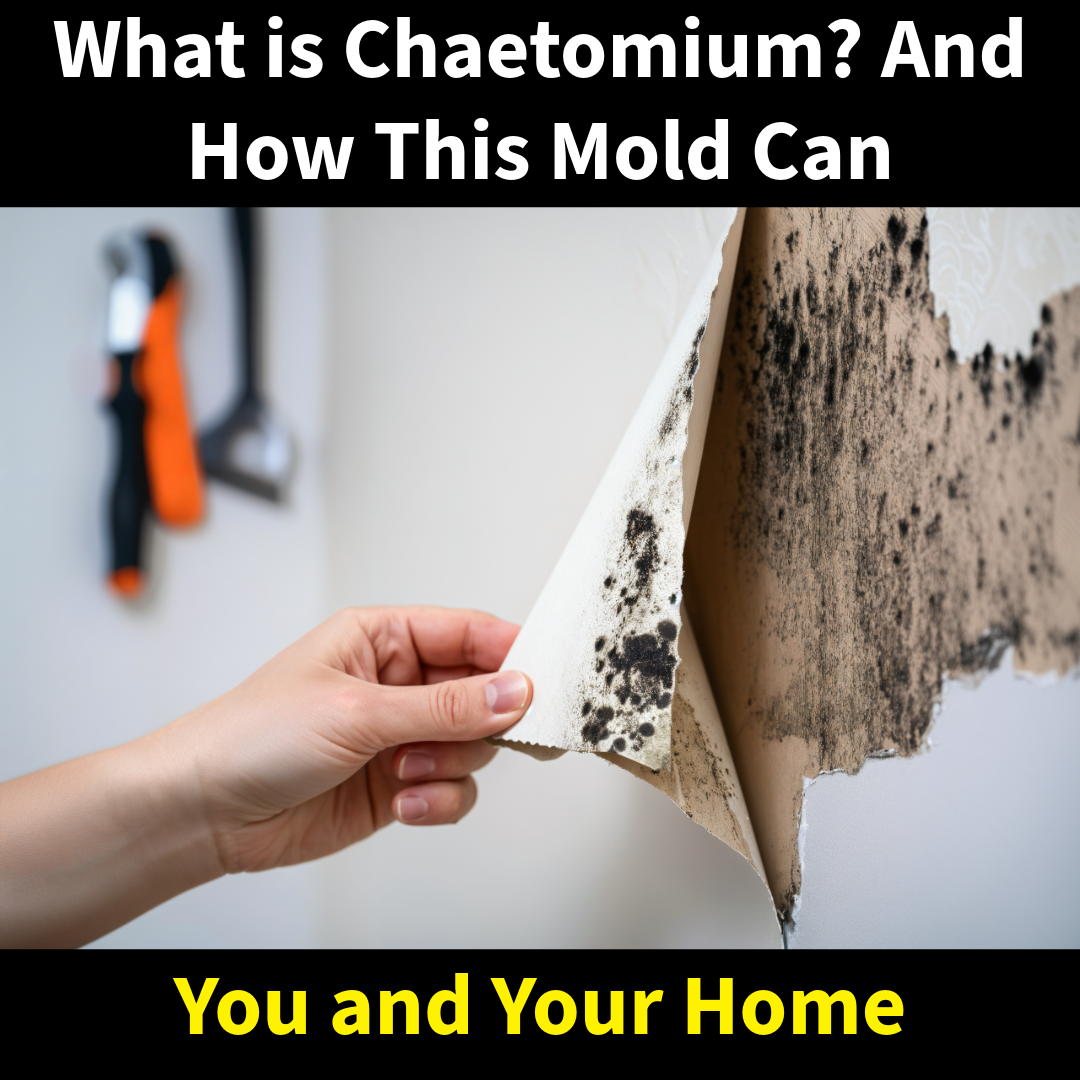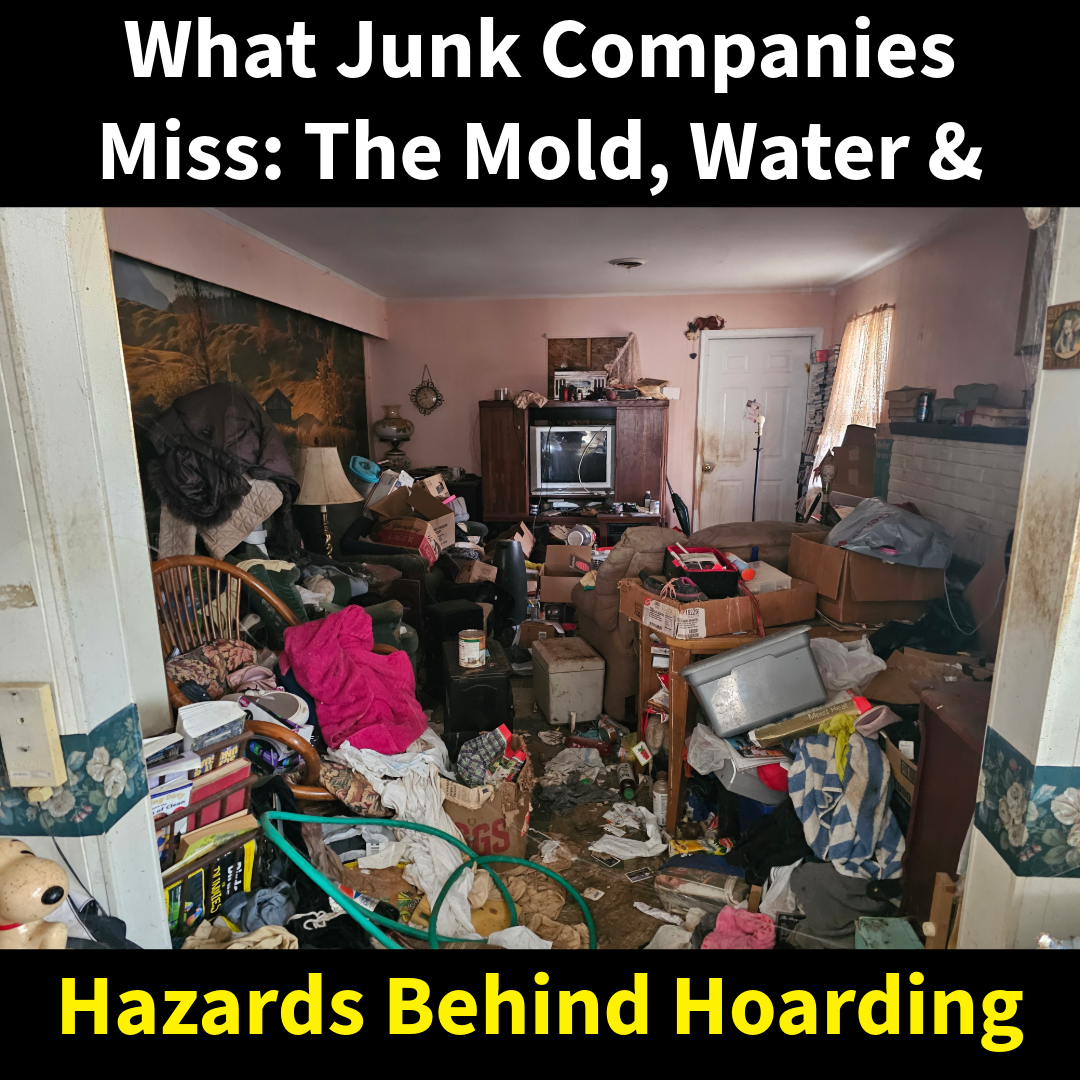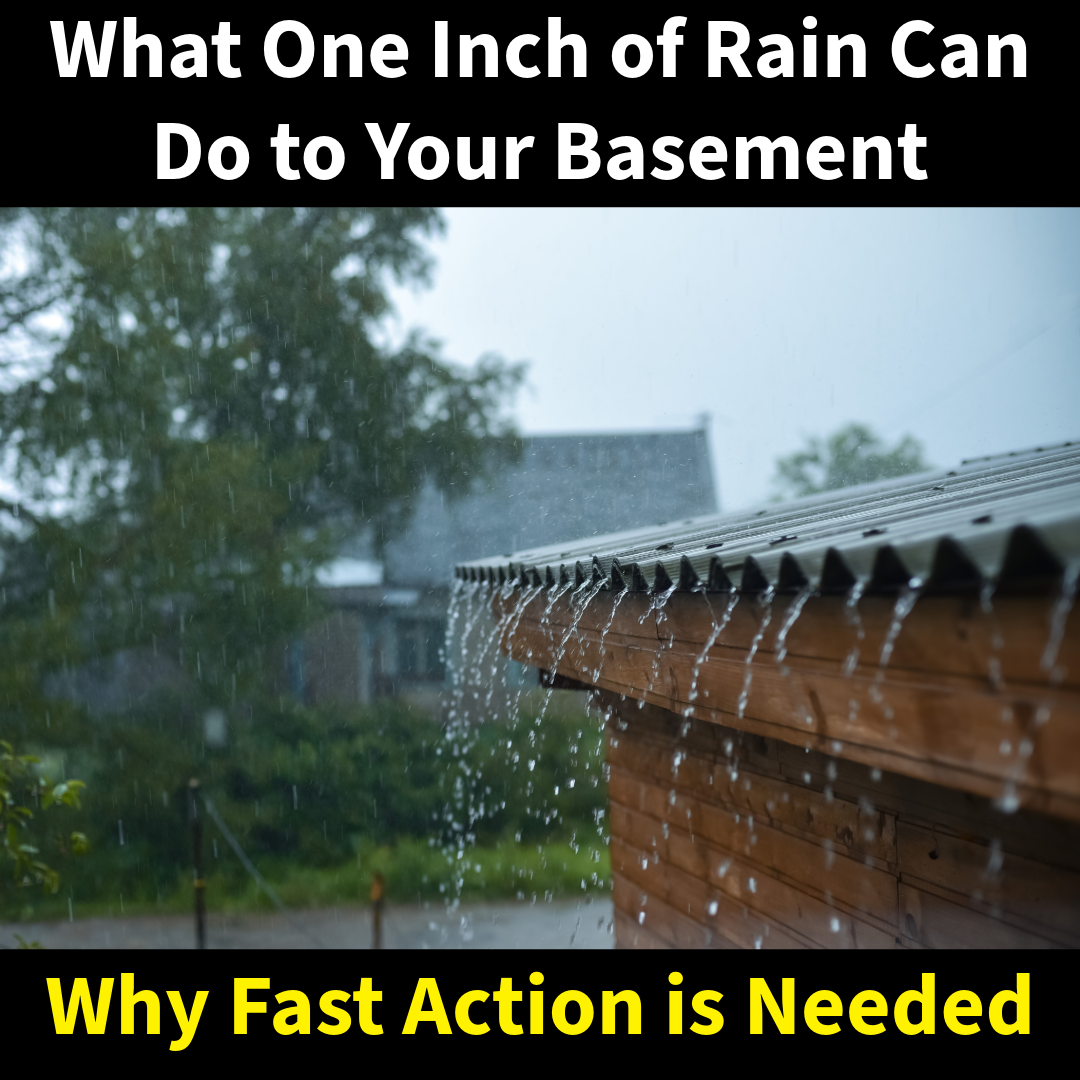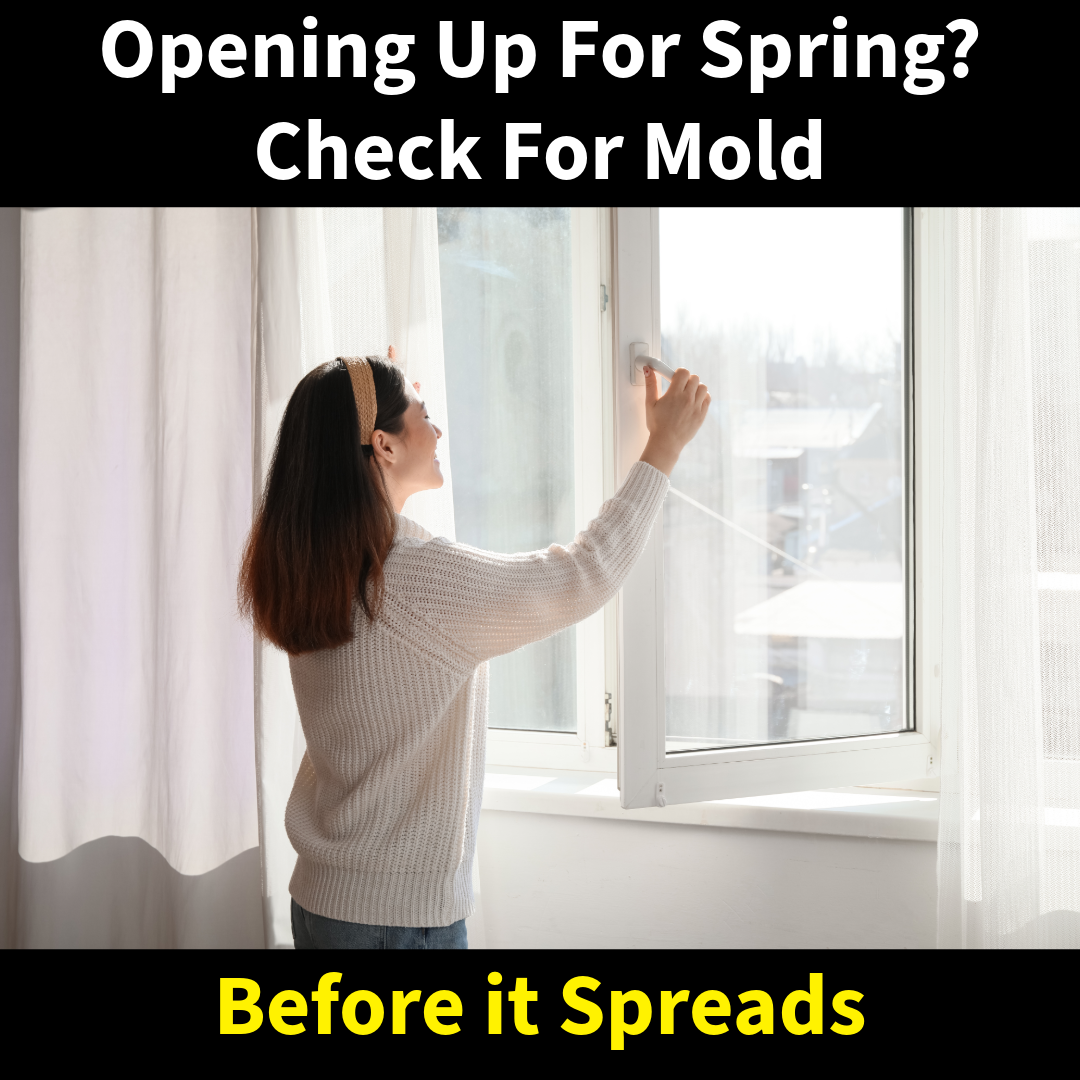When it comes to protecting your home, water damage is one of the most common — and costly — risks. While many homeowners carry insurance, there’s a specific type of protection that often goes overlooked until it’s too late: water backup insurance.
At MSI, we regularly help clients who discover the hard way that their standard policy doesn’t cover sewer backups or sump pump failures. Here’s what every homeowner should know about this critical coverage, what’s included, what isn’t — and how to protect yourself from a very unpleasant (and expensive) surprise.
What Is Water Backup Insurance?
Water backup insurance is an optional endorsement — not typically included in standard homeowners policies. It covers water damage resulting from:
- Sump pump failures
- Water backing up through sewers or drains
- Some types of localized sewer line issues
However, there’s a catch: If the source of the backup is outside your property line — such as a municipal sewer blockage in the street — most policies will not cover the damage. This exclusion is particularly common in row homes or urban areas, where backups often originate in the shared city sewer system.
What It Typically Covers
If your water backup coverage is triggered, it generally pays for:
- Emergency water extraction and cleanup
- Sanitizing and mold prevention
- Repairs to walls, flooring, and structural materials
- Replacement of damaged personal items (furniture, electronics, clothing, etc.)
Some policies include coverage for sewer backups — but only if the issue is proven to originate on your property. Coverage will not apply if the root cause lies beyond your home’s plumbing system.
What It Doesn’t Cover
Many homeowners are shocked to learn that their water backup coverage has strict exclusions. Most policies will not cover:
- Flooding from outside sources (requires flood insurance)
- Municipal sewer system blockages (common in city row homes)
- Gradual seepage through foundation cracks
- Damage due to lack of maintenance or neglect
Even if your basement floods with sewage or gray water, your claim can be denied if the cause traces back to a public line or an unmaintained pump.
Coverage Limits Are Often Too Low
Even if you have water backup coverage, you may not have enough.
Most policies cap this endorsement between $5,000 and $10,000. While that may sound sufficient, keep in mind that this amount must cover:
- Emergency mitigation
- Structural repairs
- Drying and sanitizing
- Mold remediation
- Personal content replacement
- Labor and material costs
In today’s market, a serious backup can easily exceed $10,000 in total costs. If you have a finished basement, home office, or expensive electronics in the affected area, the gap between what’s covered and what’s lost can be substantial.
Common Misconceptions
There are a few frequent assumptions that leave homeowners exposed:
- “My homeowners insurance covers sewer backups.” → Not by default. This requires the water backup endorsement.
- “Flood insurance covers everything.” → It only covers external flooding — not interior plumbing or sewer backups.
- “$10,000 in coverage is enough.” → Maybe for minor incidents, but not for full basement reconstruction and content loss.
- “Sump pump failure won’t happen to me.” → They fail more often than people think, especially during heavy rain or power outages.
Why This Matters in PA, NJ, and DE
Our region is especially prone to water backup problems for a few reasons:
- Older city infrastructure leads to frequent sewer overloads
- Tight row home construction increases the chance of backups from neighboring lines
- Heavy seasonal storms overwhelm sump pumps and storm drains
- Finished basements are common, increasing the financial impact of a backup
We’ve responded to countless calls from homeowners who had insurance but not the right kind, or not enough of it. In most cases, just a small change in their policy would have saved them thousands.
How Homeowners Can Protect Themselves
Here’s what we recommend:
- ✅ Confirm you have water backup coverage — don’t assume.
- ✅ Ask your agent to explain what’s excluded (especially sewer line origins).
- ✅ Increase your coverage limit — ask for $25,000 or more if you have finished spaces.
- ✅ Install a battery backup sump pump — essential during power outages.
- ✅ Use check valves to prevent backflow through drains.
- ✅ Regularly inspect plumbing and drainage systems for wear and blockages.
- ✅ Keep valuables off the floor and use shelving in basements.
- ✅ Document your belongings in case of future claims.
MSI Can Help
At MSI, we specialize in water damage restoration — including sewage and drain backups. When disaster strikes, we respond quickly to extract water, sanitize the area, prevent mold, and rebuild. We also help homeowners document losses and navigate insurance claims to ensure they receive the compensation they deserve.
If you’ve had a backup or just want to prepare for the worst, contact MSI today. We’ve seen firsthand how devastating these events can be — and how much worse it is when insurance doesn’t come through.
